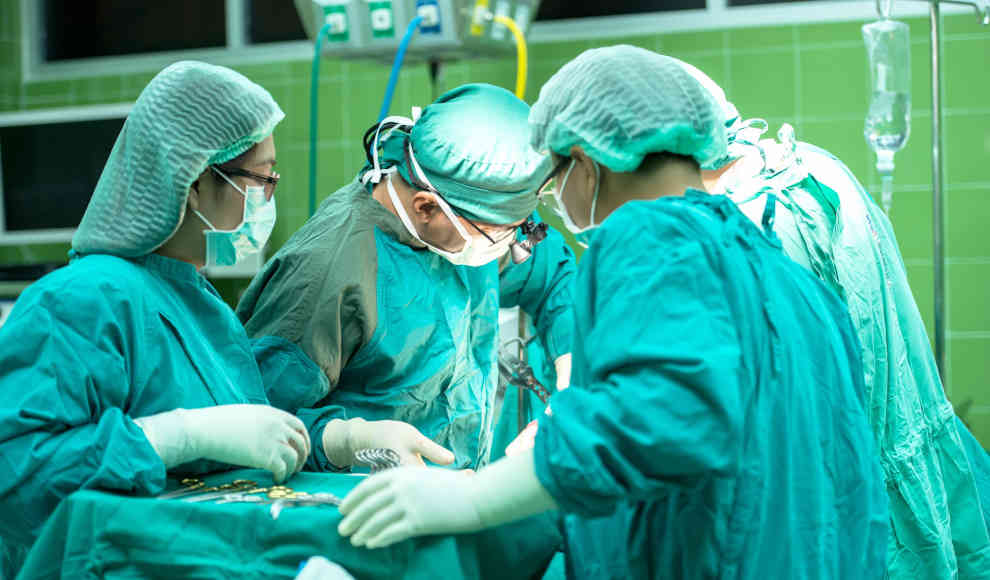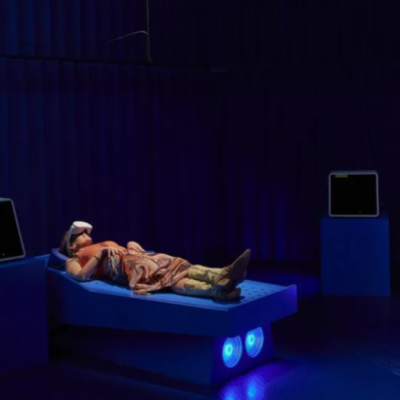Doctors have successfully induced a patient into a state of suspended animation, using extreme cooling techniques, to perform a life-saving operation. The patient’s brain activity was almost completely halted during the procedure. For a long time, ten minutes without a heartbeat was considered certain death in medicine, due to the damage caused by oxygen deprivation to the brain. However, reports of suspended animation have shown that this is not always the case. Therapeutic hypothermia, which involves lowering the body temperature of people with cardiovascular failure during or immediately after resuscitation using infusions, ice, and cooling pads, has been used for about two decades to treat patients who have been without a heartbeat for hours.
According to an article in the New Scientist, scientists at the University of Maryland School of Medicine have developed a new method that stops the breakdown process in cells by inducing a state of suspended animation through extreme cooling, similar to the recently introduced supercooling method for organ donors. The new treatment method gives doctors more time to perform life-saving operations, according to study leader Samuel Tisherman. The experimental treatment method can be used for patients who have lost more than half of their blood. Due to its experimental status, the new treatment method is only used for patients whose survival rate is estimated to be less than five percent with conventional treatment methods.
The cooling treatment lowers the patient’s body temperature to ten to fifteen degrees, which almost completely halts brain activity, rendering the person technically dead by current definitions. The experimental treatment method also involves injecting a saline solution into the patient’s bloodstream. The new treatment method has been successfully tested on a patient who was admitted to the hospital with a heart attack and a severe gunshot wound. The Guardian reports that Tisherman’s team has successfully used the cooling treatment on a patient, and the US Food and Drug Administration has approved it. Tisherman plans to test the method on ten severely injured patients in the future.
Bernd Böttiger, director of the Clinic for Anesthesiology and Operative Intensive Care Medicine at the University Hospital Cologne, who was not involved in the research, explains that “we know from animal experiments that the principle works.” According to Böttiger, “nothing is more effective in protecting the brain than cooling.” However, it is still unclear whether the cooling treatment will work on humans, as the US researchers have not yet published their results.










